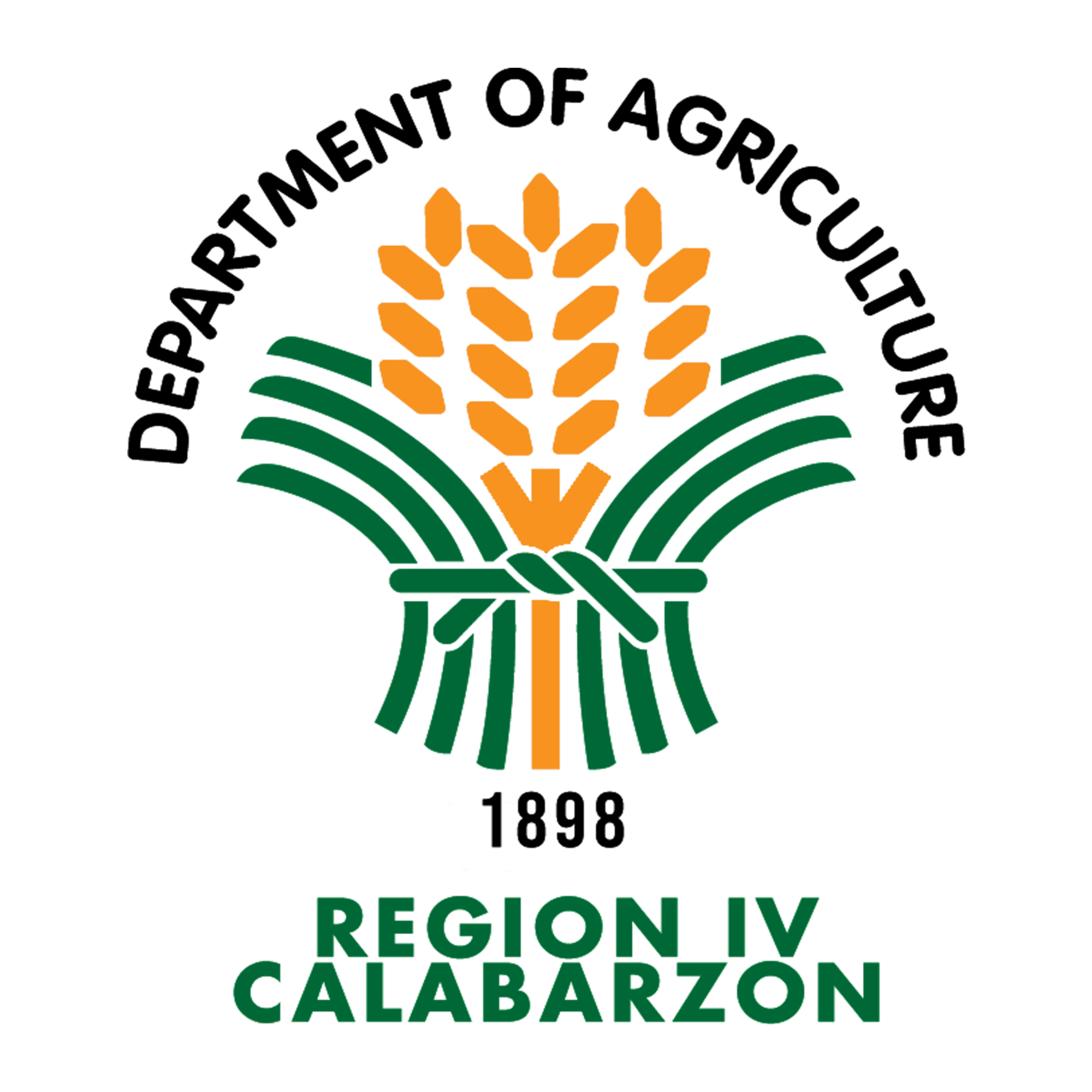Department of Agriculture (DA) Region IV-CALABARZON, through the Adaptation and Mitigation Initiative in Agriculture – AMIA, is collaborating with the University of the Philippines-Los Baños (UPLB) and the Philippine Atmospheric, Geophysical, and Astronomical Services Administration (PAG-ASA) to discuss the use of weather forecast technologies as the region prepares for the coming cropping season of 2021, happened during the Seasonal Climate Outlook Forum at Southern Tagalog Integrated Agricultural Research Center Training Hall in Lipa City, Batangas on September 30, 2020.
This collaboration seeks to ensure that CALABARZON is well-equipped to become a climate-resilient region in the hope of protecting farmers, fisherfolk, and the entire agricultural sector from unprecedented weather conditions in the coming years.
Regional Director Arnel V. de Mesa expressed his appreciation to those who put in precious time to participate in this forum. He said that this activity is important in terms of weather forecasting for them to have a strong ground that can significantly support CALABARZON farmers during the seasons of planting and harvesting.
“This forum will be our stepping stone in making our region climate-resilient in our ongoing battle against climate change and unprecedented weather events. This will provide additional information to our farmers, fisherfolk, and agri-prenuers as to when is the best time to plant and harvest their crops, grow and catch their fish, and sell their products, respectively. Together, we can build a more resilient and empowered agricultural industry in CALABARZON,” Director de Mesa said.
The Climate Information System (CIS) was addressed during the forum presided by Ms. Maria Ella Cecilia B. Obligado, Regional Focal Person of AMIA, which provides farming communities with better access to information on the weather or climate and technical advice required to carry out specific agricultural activities. With 12 automatic weather systems (AWS) in CALABARZON, AMIA aims to locate CIS across all available AWS and to install additional units to provide a more accurate weather forecast for end-users of the system, who are farmers, fisherfolk, and agri-preneurs who rely heavily on accurate weather advice for their livelihoods.
Ms. Bernadeth T. Lucillo, the guest speaker from PAG-ASA, mentioned that La Niña could arrive this fourth quarter of the year and in the early months of 2021. During the presentation, the method of how this was measured based on past reports and readings was also discussed.
On the other hand, the Smarter Approaches to Reinvigorate Agriculture as an Industry in the Philippines (SARAI), sponsored by the Department of Science and Technology-Philippine Council for Agriculture, Aquatic and Natural Resources Research and Development and currently in its second phase, was presented by Dr. Moises A Dorado and Dean Felino P. Lansigan from UPLB College of Arts and Sciences.
SARAI’s main objective is to use modern technologies and techniques to provide the agricultural sector with a decision-making support system; in this case, to provide the Department with a digitized system, such as the use of a cropping calendar, to help mapping and harvest seasons in the light of weather forecasts.
DA CALABARZON’s division chiefs, agricultural program coordinating officers from all provinces, and banner program coordinators were present at the forum. They also discussed how they will deal with PAG-ASA’s La Niña predictions for next year through disaster risk reduction management; interventions; and extension support, education, and training services. ● (MAP, DA-RAFIS)







 All content is in the public domain unless otherwise stated.
All content is in the public domain unless otherwise stated.